Home>Construction & Tools>Building Materials>What Is Stone Veneer
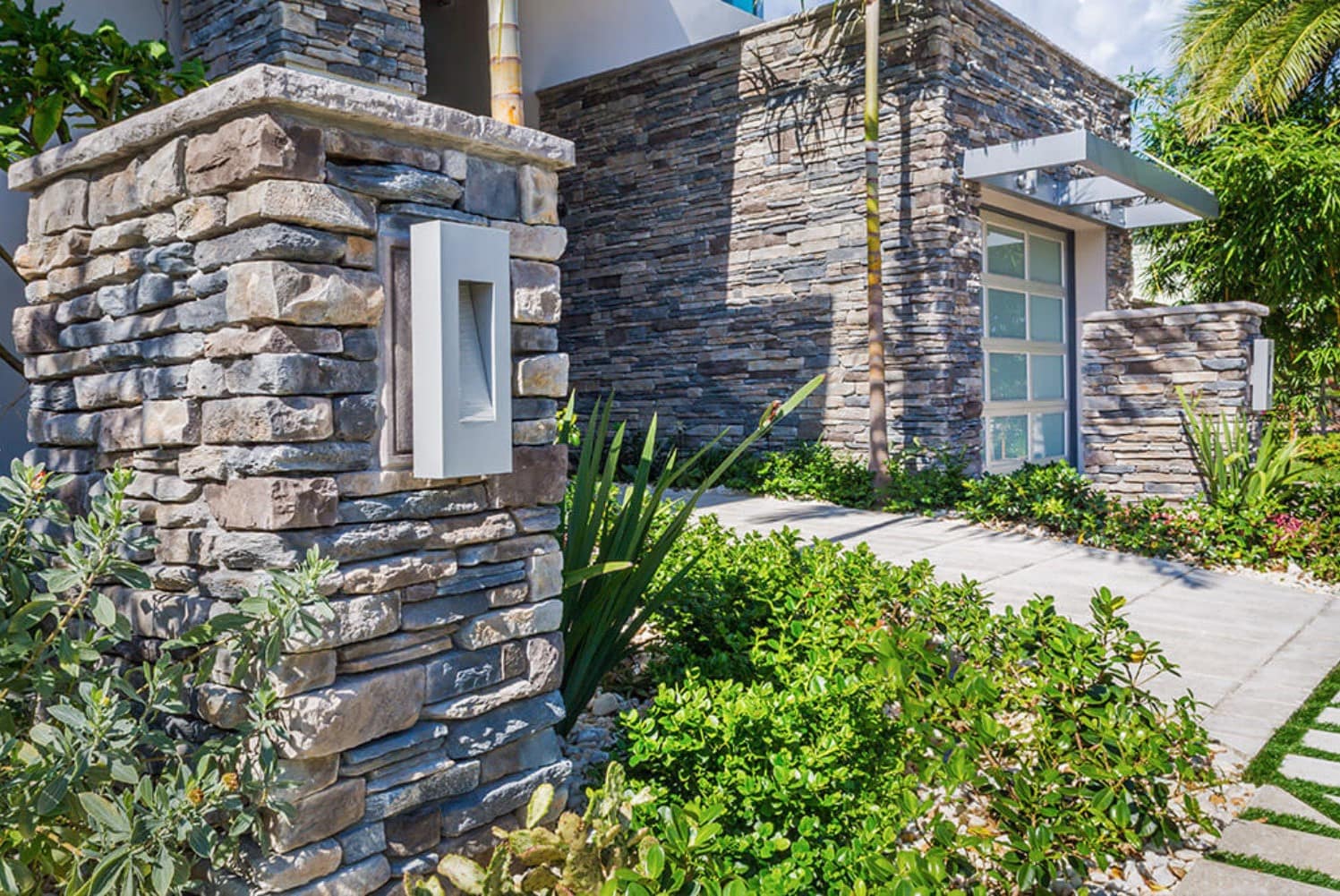

Building Materials
What Is Stone Veneer
Modified: February 18, 2024
Discover the versatility and benefits of stone veneer as a popular building material. Learn about its uses, installation, and maintenance.
(Many of the links in this article redirect to a specific reviewed product. Your purchase of these products through affiliate links helps to generate commission for Storables.com, at no extra cost. Learn more)
Introduction
Read more: What Is Stone Veneer Siding
Introduction
Welcome to the world of stone veneer, where timeless elegance meets modern versatility. Whether you're considering a home renovation, embarking on a new construction project, or simply seeking to elevate the aesthetic appeal of your living space, stone veneer offers a compelling solution. In this comprehensive guide, we'll delve into the intricacies of stone veneer, exploring its definition, types, benefits, installation process, maintenance requirements, and cost considerations. By the end of this journey, you'll have a profound understanding of this remarkable building material and its potential to transform any environment into a captivating work of art.
The allure of stone veneer lies in its ability to emulate the natural beauty of authentic stone while offering enhanced flexibility and cost-effectiveness. Whether adorning the exterior of a residence, accentuating an interior feature wall, or embellishing a fireplace surround, stone veneer exudes an unmistakable charm that transcends trends and captivates the senses. Its widespread popularity stems from the seamless fusion of aesthetic appeal, durability, and ease of installation, making it a sought-after choice for architects, designers, and homeowners alike.
As we embark on this exploration of stone veneer, prepare to uncover the myriad possibilities that this remarkable material presents. From the rustic charm of fieldstone to the sleek sophistication of ledgestone, the world of stone veneer is a tapestry of textures, colors, and patterns waiting to adorn your surroundings. Join us as we unravel the enchanting story of stone veneer and discover how it can elevate your living spaces to new heights of elegance and allure.
Key Takeaways:
- Stone veneer offers timeless elegance and practical versatility, emulating the beauty of natural stone while being lightweight, easy to install, and low maintenance. It’s a cost-effective way to elevate any space with enduring allure.
- With diverse styles and affordability, stone veneer provides enduring beauty and captivating allure for architectural and design projects. Its practical versatility and enduring appeal make it a compelling choice for transforming living spaces.
Definition of Stone Veneer
Stone veneer, also known as faux or manufactured stone, is a versatile and cost-effective building material designed to replicate the appearance of natural stone. It is crafted from a blend of Portland cement, natural aggregates, and iron oxide pigments, meticulously molded to emulate the texture, color, and shape of various types of authentic stone. This meticulous attention to detail results in a product that closely resembles the aesthetic appeal of natural stone, while offering enhanced flexibility and ease of installation.
One of the defining characteristics of stone veneer is its lightweight nature, which distinguishes it from traditional stone cladding. This feature not only simplifies the installation process but also expands the range of applications, allowing stone veneer to be utilized in settings where authentic stone may be impractical or cost-prohibitive. From exterior facades and accent walls to fireplaces and landscape features, the adaptability of stone veneer makes it a compelling choice for a diverse array of architectural and design projects.
Furthermore, stone veneer is available in a myriad of styles, including fieldstone, ledgestone, limestone, and river rock, each showcasing distinctive textures and color variations. This diversity enables designers and homeowners to select a stone veneer that harmonizes with their aesthetic vision, whether it be a rustic, weathered charm or a contemporary, sleek allure. With an extensive palette of hues and profiles to choose from, stone veneer empowers individuals to customize their spaces with a material that exudes timeless elegance and enduring appeal.
By encapsulating the essence of natural stone within a lightweight, durable, and easily installable form, stone veneer transcends the limitations of traditional masonry, offering a compelling alternative that harmonizes aesthetics, functionality, and affordability. As we venture deeper into the realm of stone veneer, we will explore its various types, benefits, installation techniques, maintenance requirements, and cost considerations, providing an all-encompassing understanding of this remarkable building material.
Types of Stone Veneer
Stone veneer encompasses a diverse array of styles, each imbued with its own unique character and visual allure. From rugged, earthy textures to sleek, contemporary profiles, the types of stone veneer available cater to a wide spectrum of design preferences and architectural styles. Let’s explore some of the most popular types of stone veneer:
Natural Cut Stone Veneer
Natural cut stone veneer is crafted by slicing natural stone into thin sections, typically ranging from 3/4 inch to 1 1/2 inches in thickness. This type of stone veneer showcases the genuine texture and color variations of the original stone, exuding an authentic, organic appeal. It is often utilized to embellish both interior and exterior surfaces, adding a timeless elegance to architectural facades, accent walls, and fireplaces.
Read more: What Grout To Use For Stone Veneer
Manufactured Stone Veneer
Manufactured stone veneer, also known as engineered or faux stone, is meticulously crafted to replicate the appearance of natural stone. It is composed of Portland cement, natural aggregates, and iron oxide pigments, molded into a diverse range of shapes, textures, and colors. This type of stone veneer offers exceptional versatility, enabling designers and homeowners to achieve their desired aesthetic with ease. From rugged ledgestone to refined limestone, manufactured stone veneer presents a broad spectrum of design options.
Architectural Stone Veneer Panels
Architectural stone veneer panels are pre-assembled units that feature interlocking components, facilitating a streamlined installation process. These panels are available in a variety of sizes and configurations, offering a convenient solution for adorning large surface areas with the timeless allure of stone. Whether used for exterior cladding or interior accent walls, architectural stone veneer panels provide a harmonious blend of aesthetic appeal and practicality.
Brick Veneer
While not strictly a stone veneer, brick veneer shares many characteristics with its stone counterparts and is often considered within the same category. Comprising thin slices of genuine clay brick, brick veneer offers a classic, enduring charm that complements a diverse range of architectural styles. Its versatility and durability make it a popular choice for both interior and exterior applications, adding a touch of warmth and character to any space.
Each type of stone veneer presents a distinct set of aesthetic and practical advantages, empowering designers and homeowners to realize their architectural visions with finesse and creativity. As we delve deeper into the world of stone veneer, we will uncover the myriad benefits it offers, exploring its installation process, maintenance requirements, and cost considerations in further detail.
Benefits of Stone Veneer
Stone veneer stands as a testament to the seamless convergence of aesthetic allure, practical versatility, and cost-effective functionality. Its myriad benefits extend far beyond its visual appeal, encompassing durability, ease of installation, and adaptability to diverse design schemes. Let’s explore the compelling advantages that stone veneer brings to architectural and design projects:
Read more: What Type Mortar For Stone Veneer
Authentic Aesthetic Appeal
One of the most notable benefits of stone veneer is its ability to emulate the authentic beauty of natural stone. Whether it’s the rugged charm of fieldstone, the refined elegance of limestone, or the contemporary allure of ledgestone, stone veneer captures the essence of genuine stone, infusing spaces with timeless elegance and visual intrigue.
Lightweight and Versatile
Unlike traditional stone cladding, stone veneer is lightweight, making it easier to handle and install. This characteristic expands its range of applications, allowing it to be utilized in settings where authentic stone may be impractical or cost-prohibitive. From accent walls and fireplaces to exterior facades and landscape features, the versatility of stone veneer knows no bounds.
Ease of Installation
Stone veneer is designed for straightforward installation, enabling architects, designers, and homeowners to bring their visions to life with efficiency and precision. Its lightweight nature simplifies the installation process, while its interlocking panels and components streamline the application, resulting in a seamless and expedited transformation of spaces.
Durable and Low Maintenance
Despite its lightweight composition, stone veneer boasts remarkable durability, standing the test of time in both interior and exterior applications. It is resistant to fading, chipping, and weathering, ensuring that its captivating appeal endures for years to come. Furthermore, stone veneer requires minimal maintenance, making it an ideal choice for those seeking enduring beauty without the burden of extensive upkeep.
Read more: How To Attach Stone Veneer
Cost-Effective Solution
Stone veneer offers a cost-effective alternative to natural stone, providing the aesthetic splendor of authentic stone at a fraction of the cost. Its lightweight composition reduces shipping and handling expenses, while its ease of installation translates to reduced labor costs. This makes stone veneer an accessible and budget-friendly option for achieving the timeless allure of stone in any architectural or design project.
By encapsulating the essence of natural stone within a versatile, durable, and cost-effective form, stone veneer empowers individuals to elevate their living spaces with enduring beauty and captivating allure. As we proceed, we will delve into the intricacies of installing and maintaining stone veneer, as well as exploring the cost considerations associated with this remarkable building material.
Installation of Stone Veneer
The installation of stone veneer is a transformative process that infuses spaces with the timeless allure of natural stone, elevating the aesthetic appeal of both interior and exterior surfaces. Whether adorning a fireplace surround, accentuating an accent wall, or embellishing an architectural facade, the installation of stone veneer demands meticulous attention to detail and a nuanced understanding of the materials and techniques involved. Let’s embark on a journey through the installation process of stone veneer, unraveling the steps and considerations that culminate in a captivating transformation:
Surface Preparation
Prior to installing stone veneer, the surface must be prepared to facilitate adhesion and ensure a seamless application. This involves cleaning the substrate to remove dirt, debris, and any existing coatings that may hinder the bond between the veneer and the surface. Additionally, a weather-resistant barrier, such as building paper or house wrap, is applied to protect the underlying structure from moisture infiltration.
Application of Metal Lath
Once the surface is primed, metal lath is affixed to provide a secure foundation for the stone veneer. The lath is fastened using corrosion-resistant nails or screws, creating a framework that supports the veneer and promotes a strong bond. Careful attention to the installation of the metal lath is essential to ensure the structural integrity and longevity of the stone veneer application.
Read more: How Thick Is Stone Veneer
Mortar Application
The next step involves applying a scratch coat of mortar to the metal lath, creating a textured surface that enhances the adhesion of the stone veneer. This scratch coat serves as a base for the subsequent application of mortar and stone veneer, providing a secure and stable substrate for the veneer to adhere to.
Setting the Stone Veneer
With the mortar in place, the stone veneer units are meticulously arranged and affixed to the surface, ensuring a cohesive and visually pleasing composition. Careful attention is paid to the alignment, spacing, and leveling of the veneer units, culminating in a seamless integration that exudes the authentic charm of natural stone.
Grouting and Finishing
Once the stone veneer units are set, the spaces between them are grouted to further enhance the visual cohesion and structural integrity of the installation. This process involves applying mortar or grout to the joints between the veneer units, creating a unified surface that accentuates the natural beauty of the stone. The final finishing touches, such as cleaning and sealing the veneer, complete the installation, ensuring that the captivating allure of stone veneer endures for years to come.
By navigating the intricacies of the installation process with precision and expertise, stone veneer transforms spaces into captivating showcases of enduring beauty and timeless elegance. As we continue our exploration, we will delve into the maintenance requirements and cost considerations associated with stone veneer, providing a comprehensive understanding of this remarkable building material.
Maintenance of Stone Veneer
The enduring allure of stone veneer is complemented by its minimal maintenance requirements, making it an ideal choice for those seeking enduring beauty without the burden of extensive upkeep. Whether adorning an exterior facade, accentuating an interior feature wall, or embellishing a fireplace surround, stone veneer exudes timeless elegance that is sustained with straightforward maintenance practices. Let’s explore the essential aspects of maintaining stone veneer, ensuring that its captivating appeal endures for years to come:
Read more: How To Clean Exterior Stone Veneer
Cleaning and Inspection
Regular cleaning is essential to preserve the pristine appearance of stone veneer. This involves removing dirt, dust, and debris using a soft-bristled brush or a gentle stream of water. Periodic inspections should also be conducted to identify any areas that may require attention, such as loose or damaged veneer units, mortar joints, or sealants.
Sealing and Protection
Applying a quality sealant to the surface of the stone veneer provides protection against moisture infiltration, staining, and discoloration. The sealant acts as a barrier, safeguarding the veneer and enhancing its resistance to the elements. It is important to follow the manufacturer’s recommendations for sealant application and reapplication to ensure optimal protection and longevity.
Preventing Efflorescence
Efflorescence, the migration of salts to the surface of the veneer, can detract from its appearance. To prevent efflorescence, it is essential to address any underlying moisture issues and ensure proper drainage and ventilation. Additionally, utilizing efflorescence-resistant mortar and sealants can mitigate the risk of salt migration, preserving the pristine aesthetic of the stone veneer.
Repair and Restoration
In the event of damage or deterioration, prompt repair and restoration are essential to maintain the integrity and visual appeal of the stone veneer. This may involve replacing damaged veneer units, addressing mortar joint issues, or resealing the surface as needed. Engaging a qualified professional for intricate repairs and restoration ensures that the beauty of the stone veneer is upheld with precision and expertise.
Read more: How To Install Stacked Stone Veneer
Professional Maintenance
Periodic professional maintenance, including inspections and upkeep by experienced professionals, can further enhance the longevity and allure of stone veneer. Professional maintenance services may encompass deep cleaning, resealing, and comprehensive assessments to address any potential issues and uphold the enduring beauty of the stone veneer.
By embracing a proactive approach to maintenance and care, stone veneer continues to captivate with its timeless elegance and enduring allure. As we proceed, we will explore the cost considerations associated with stone veneer, providing insights into its affordability and accessibility as a remarkable building material.
Cost of Stone Veneer
When considering the integration of stone veneer into architectural and design projects, understanding the cost considerations is essential for informed decision-making. The cost of stone veneer encompasses various factors, including material expenses, installation costs, and long-term value. By delving into the intricacies of the cost of stone veneer, we can gain valuable insights into its affordability and accessibility as a remarkable building material.
Material Expenses
The cost of stone veneer materials varies based on factors such as the type, style, and quantity of veneer units required for a project. Natural cut stone veneer, manufactured stone veneer, and architectural stone veneer panels each present unique pricing structures, influenced by the complexity of the design, the selected profile, and the overall scope of the project. Additionally, factors such as color variations and texture options may impact the material expenses, providing a spectrum of choices to align with diverse aesthetic visions and budgetary considerations.
Installation Costs
Installation costs for stone veneer encompass labor expenses, equipment requirements, and the intricacies of the application process. The complexity of the installation, the surface area to be clad, and the expertise of the installation team are key determinants of the installation costs. While stone veneer offers a streamlined installation process compared to traditional stone cladding, the expertise required for precision application influences the overall installation expenses.
Read more: How To Cut Stone Veneer Panels
Long-Term Value
Beyond the initial expenses, the long-term value of stone veneer must be considered when evaluating its cost. Stone veneer’s enduring allure, minimal maintenance requirements, and durability contribute to its long-term value, offering a compelling return on investment. The timeless aesthetic appeal and enhanced property value resulting from the integration of stone veneer into architectural and design projects further underscore its long-term value as a cost-effective and enduring building material.
Affordability and Accessibility
Stone veneer’s diverse pricing options and its ability to emulate the aesthetic allure of natural stone at a fraction of the cost contribute to its affordability and accessibility. Whether seeking the rustic charm of fieldstone, the contemporary appeal of ledgestone, or the refined elegance of architectural stone veneer panels, stone veneer offers a versatile range of options to align with diverse budgetary considerations without compromising on visual appeal and durability.
By navigating the cost considerations of stone veneer with insight and discernment, architects, designers, and homeowners can harness the enduring allure of natural stone within a cost-effective and accessible framework. As we conclude our exploration, we reflect on the remarkable potential of stone veneer to elevate architectural and design projects with timeless elegance and enduring allure.
Conclusion
As we conclude our comprehensive journey through the realm of stone veneer, we emerge with a profound appreciation for its timeless elegance, practical versatility, and enduring allure. From its ability to emulate the authentic beauty of natural stone to its streamlined installation process and minimal maintenance requirements, stone veneer stands as a remarkable building material that transcends trends and captivates the senses. Let’s reflect on the captivating essence of stone veneer and the transformative potential it holds for architectural and design projects:
Timeless Elegance
Stone veneer encapsulates the essence of natural stone, infusing spaces with an authentic, organic charm that exudes timeless elegance. Whether adorning exterior facades, accentuating interior feature walls, or embellishing fireplace surrounds, stone veneer creates captivating focal points that resonate with enduring allure and visual intrigue.
Read more: How To Repair Cracked Stone Veneer
Practical Versatility
With its lightweight composition, diverse styles, and streamlined installation process, stone veneer offers practical versatility that expands the horizons of architectural and design possibilities. Its adaptability to diverse settings, from residential to commercial projects, empowers architects, designers, and homeowners to realize their visions with finesse and creativity.
Enduring Allure
Despite its cost-effective nature, stone veneer boasts enduring allure that withstands the test of time. Minimal maintenance requirements, durability, and long-term value contribute to its enduring appeal, ensuring that its captivating beauty continues to enrich living spaces for years to come.
Affordability and Accessibility
Stone veneer’s diverse pricing options, ease of installation, and ability to emulate the aesthetic allure of natural stone at a fraction of the cost underscore its affordability and accessibility. This accessibility allows a wide spectrum of individuals to embrace the timeless allure of stone veneer, enhancing their living spaces with enduring beauty and captivating allure.
As we bid adieu to our exploration of stone veneer, we carry with us a profound understanding of its transformative potential and enduring allure. Whether embarking on a home renovation, architectural project, or design endeavor, the captivating essence of stone veneer awaits, ready to elevate living spaces to new heights of elegance and allure. It is a testament to the remarkable convergence of aesthetics, functionality, and cost-effectiveness that defines stone veneer as a remarkable building material, enriching architectural and design landscapes with enduring beauty and captivating allure.
Frequently Asked Questions about What Is Stone Veneer
Was this page helpful?
At Storables.com, we guarantee accurate and reliable information. Our content, validated by Expert Board Contributors, is crafted following stringent Editorial Policies. We're committed to providing you with well-researched, expert-backed insights for all your informational needs.
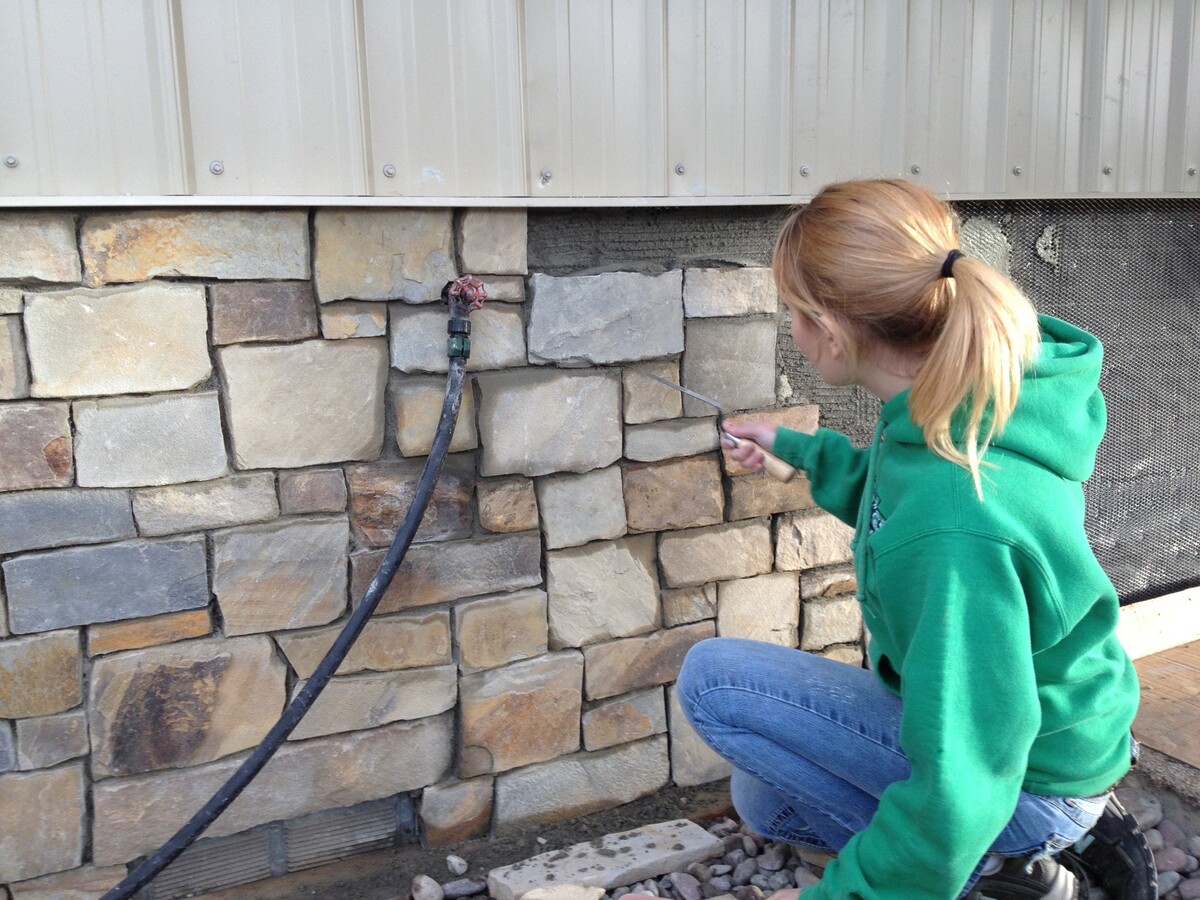
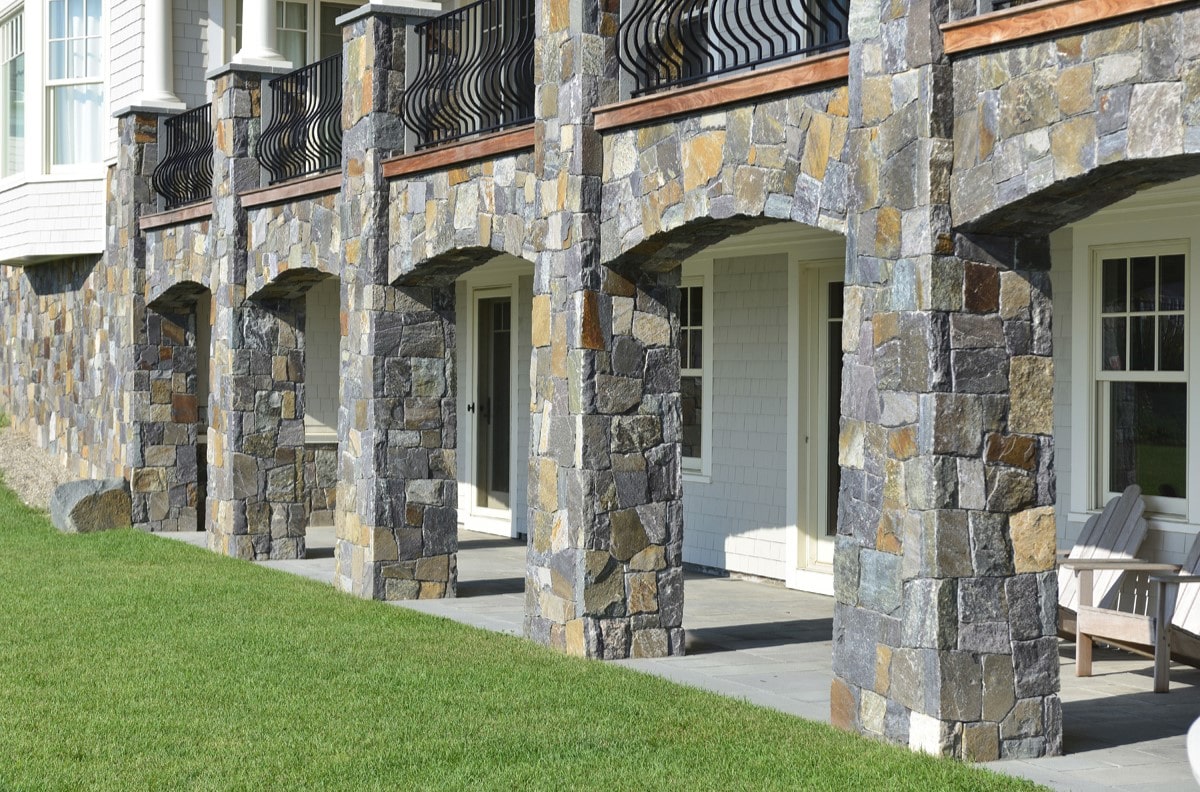

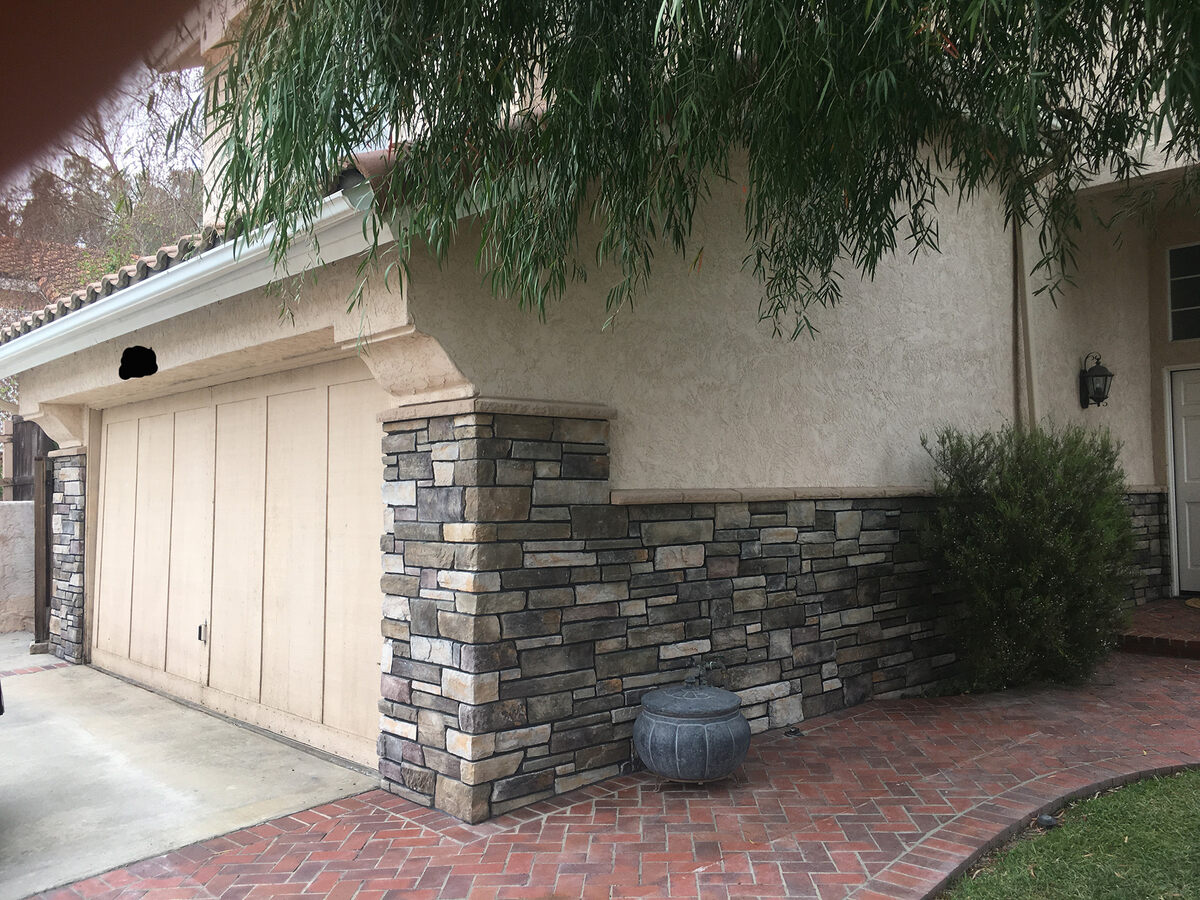
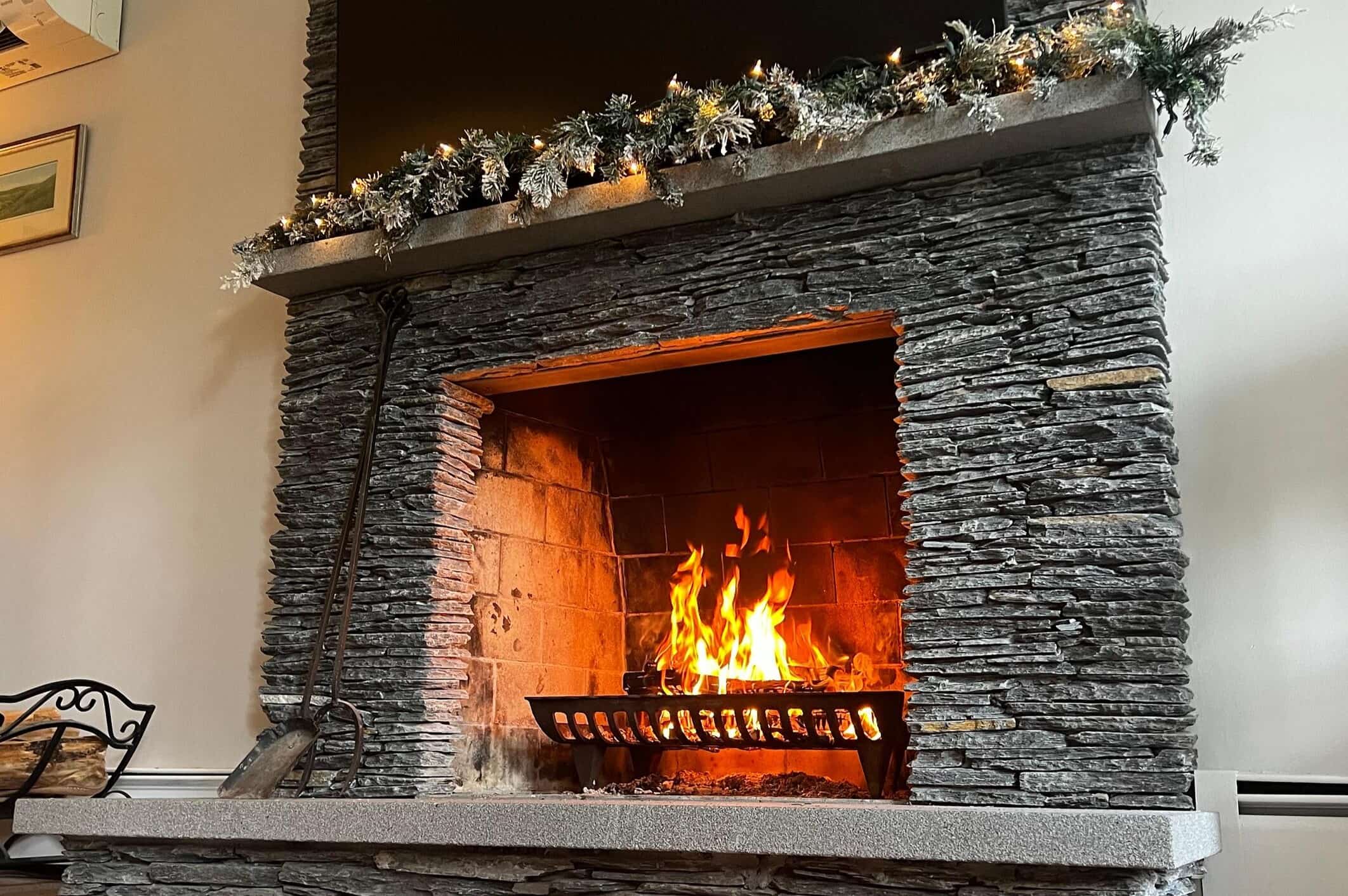
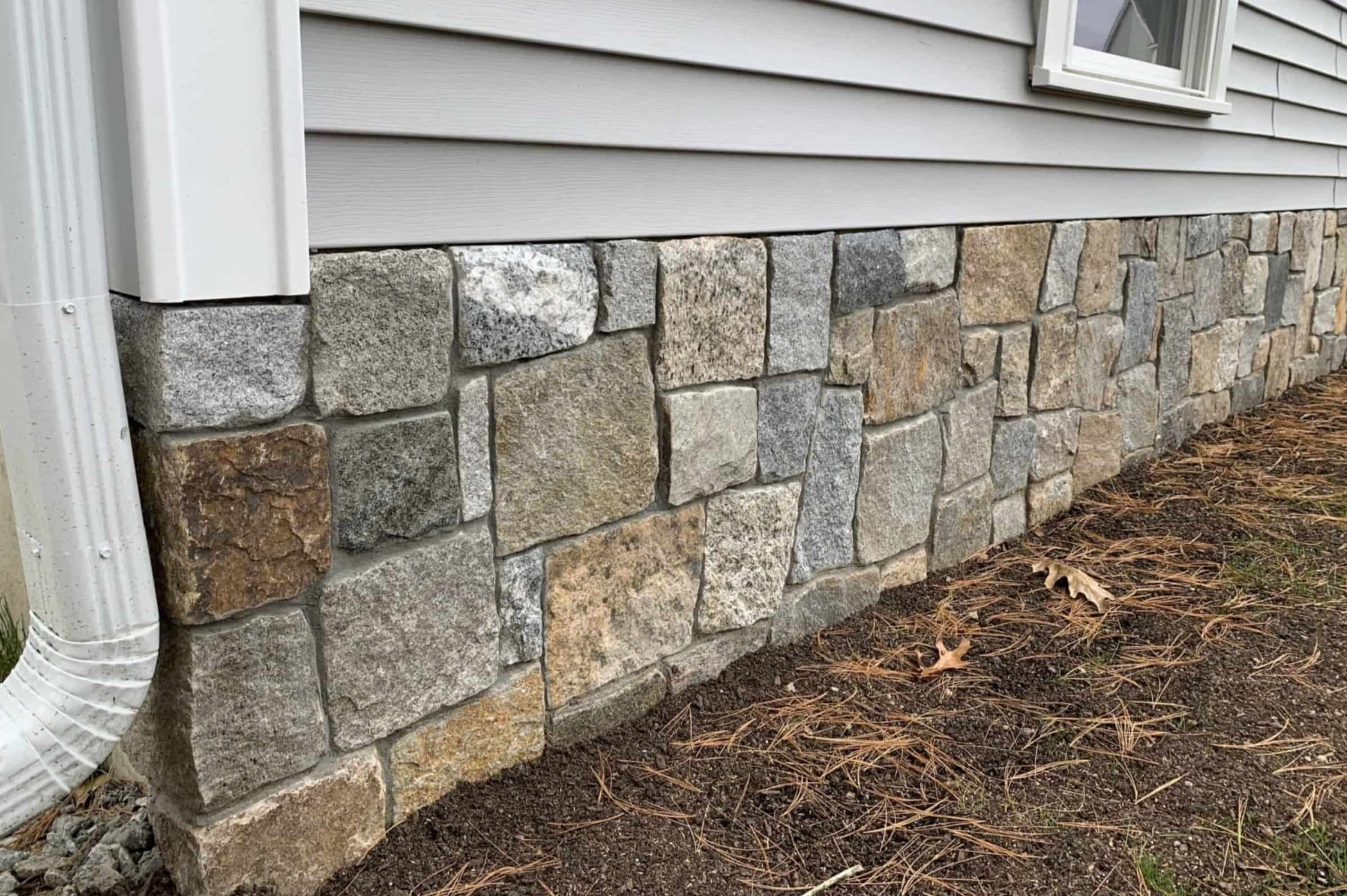
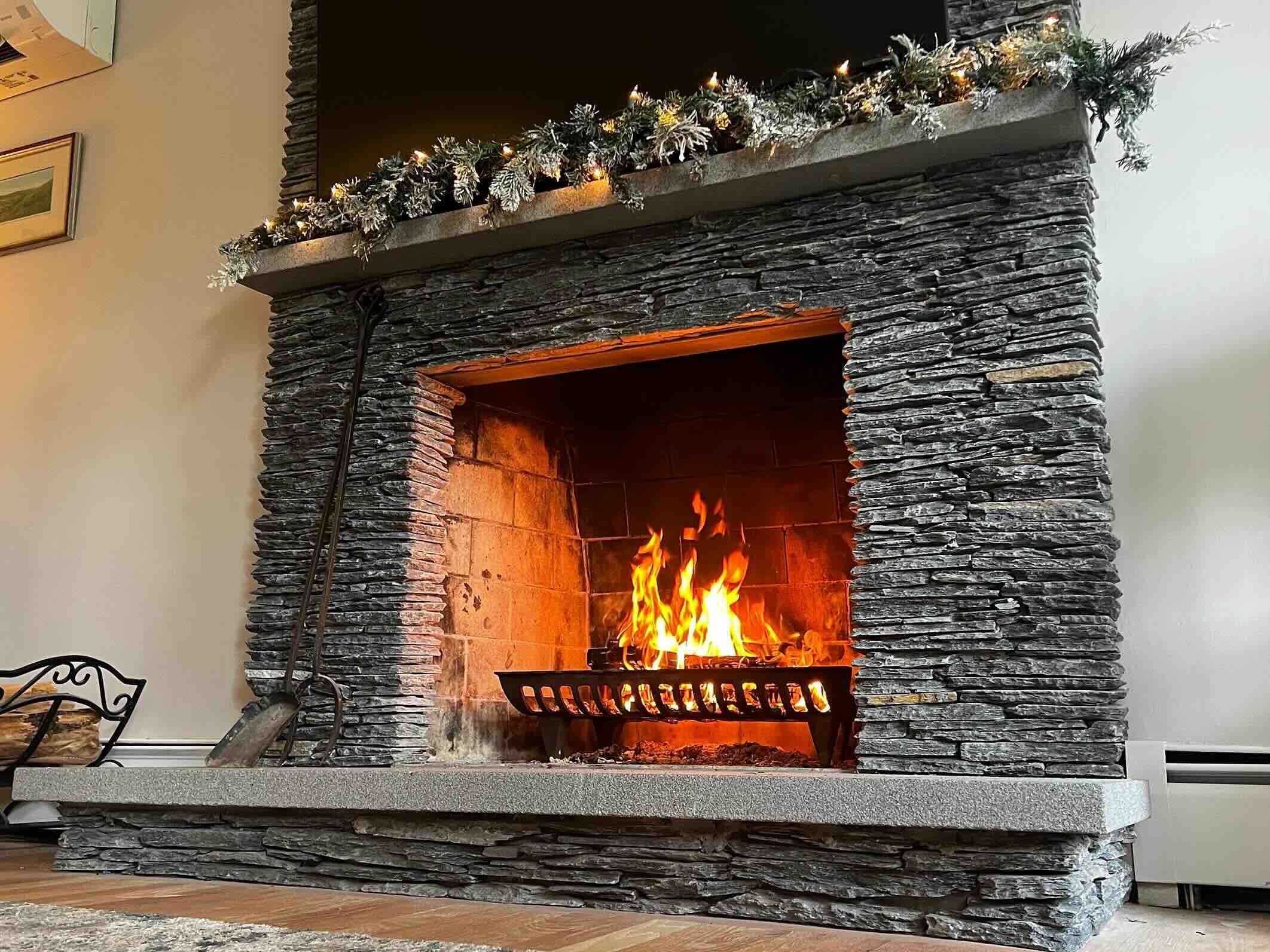

0 thoughts on “What Is Stone Veneer”